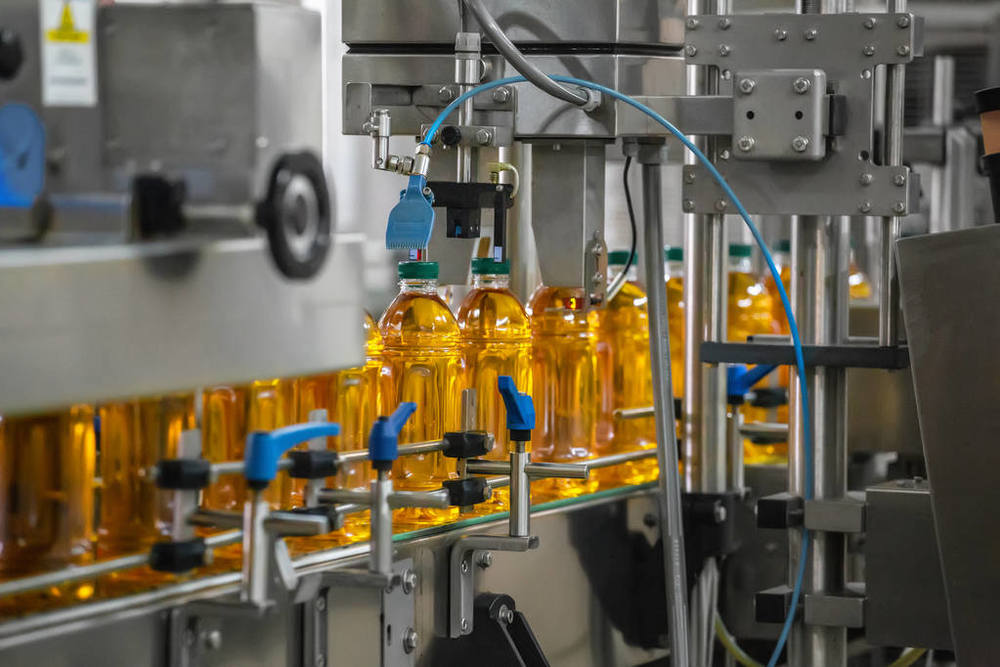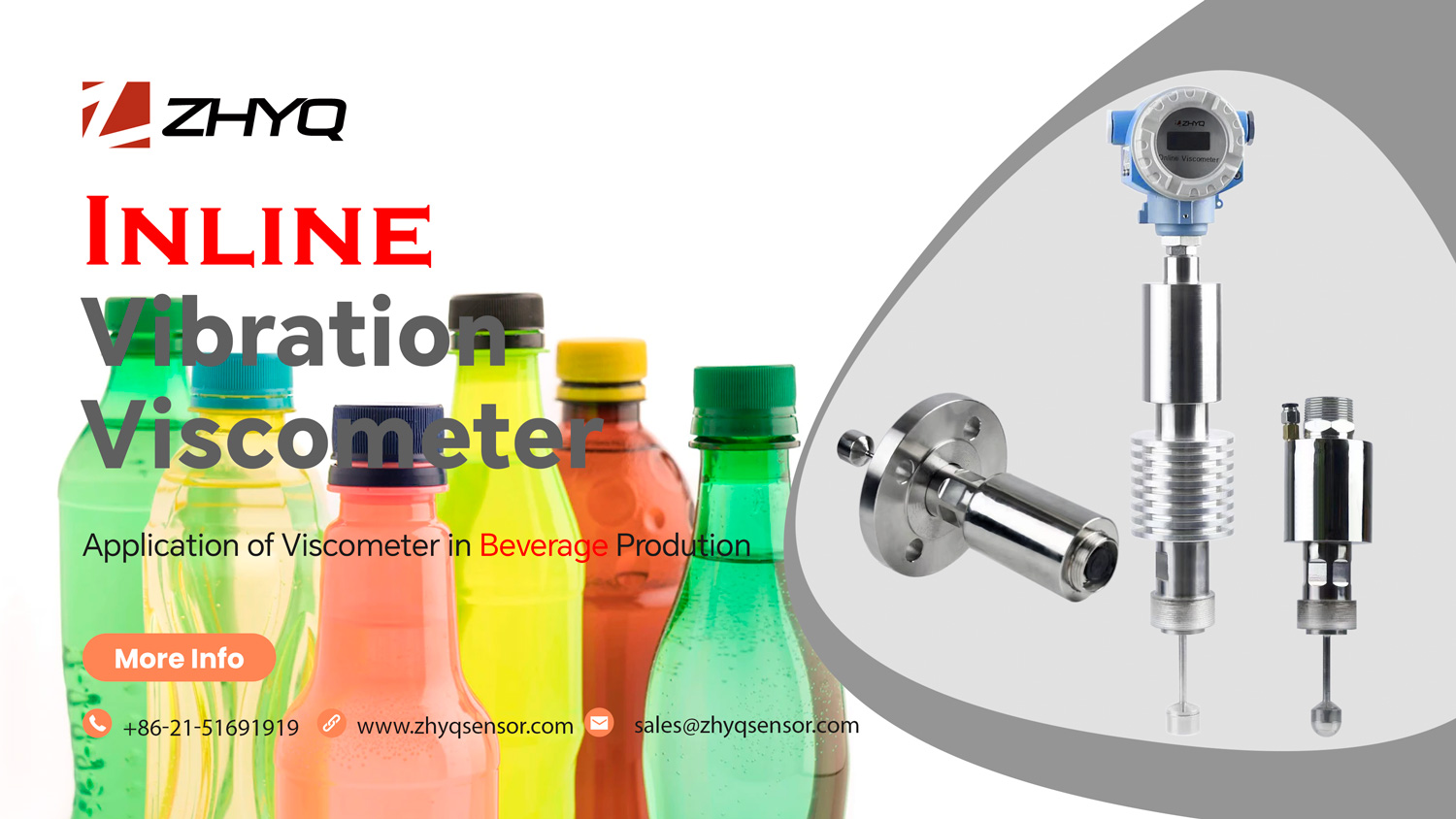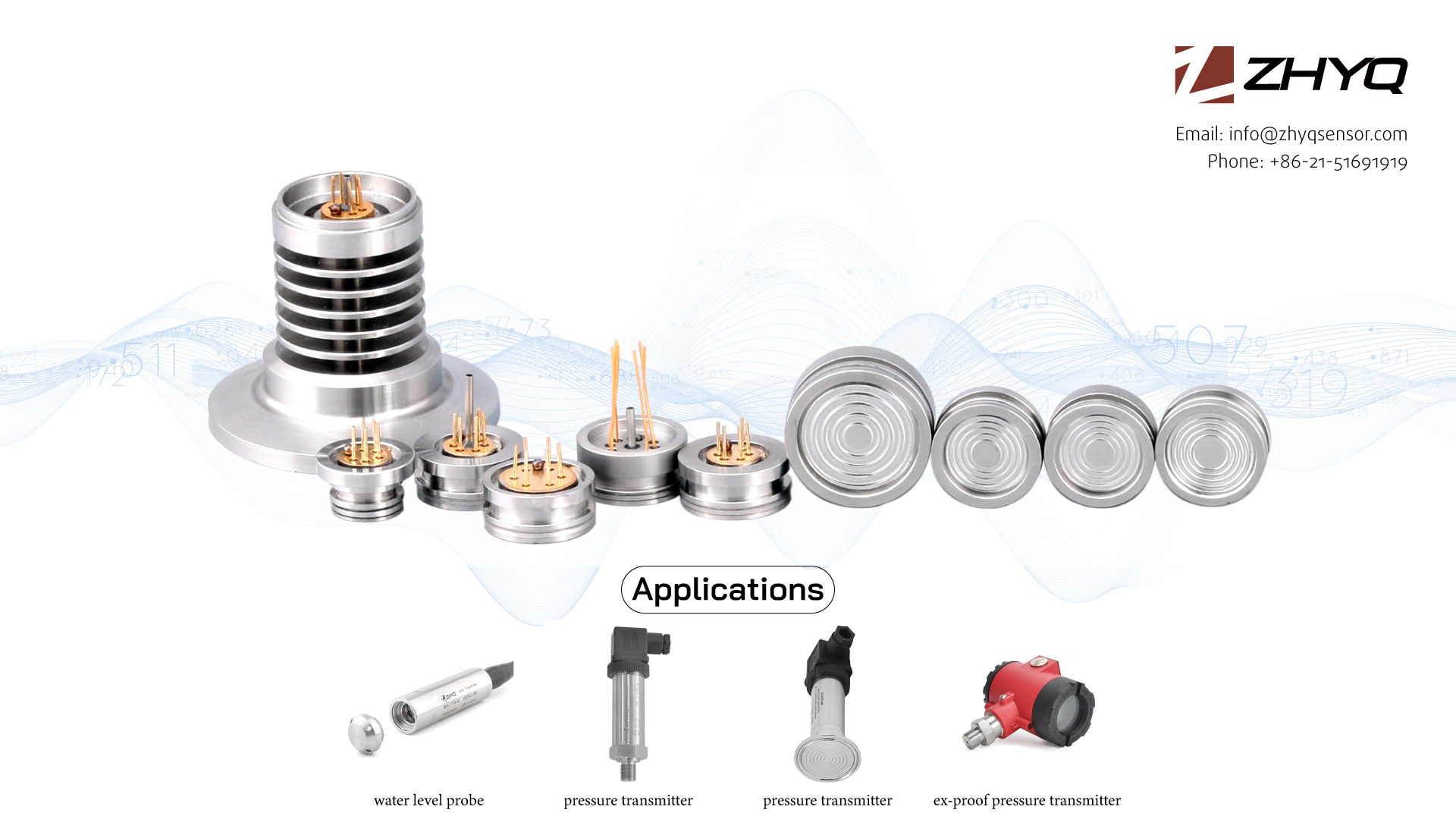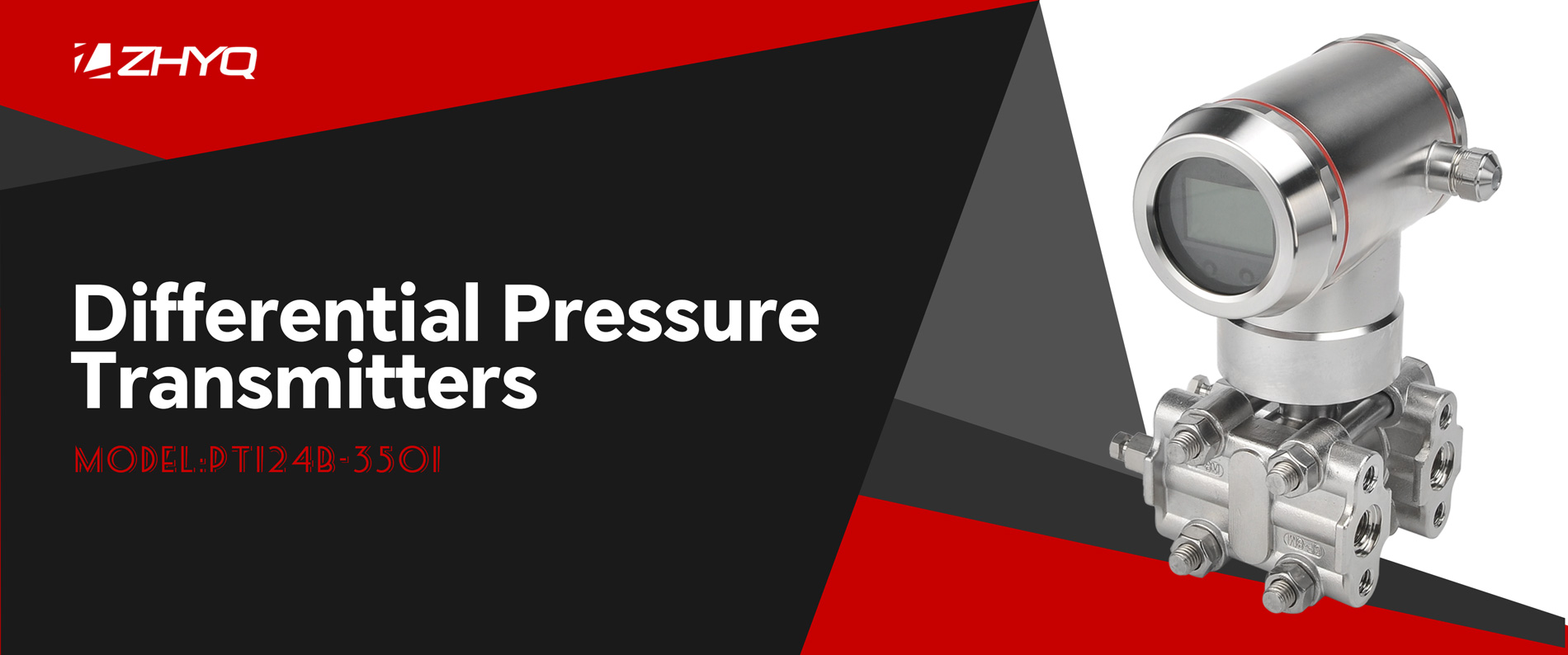One of the first aspects of a packaging line that a business needs to consider is the viscosity of the liquid going through the filling and packaging processes. The thickness of the liquid will be a huge determinant when it comes to selecting the right machinery to purchase and install. If equipment is used for the wrong viscosity level, it could significantly hinder productivity, and breakdowns are more likely to occur. Consider whether the liquid is water-thin, thicker or highly viscous, which can be determined using a viscosity chart when selecting machinery.
There are several advantages of inline, real-time viscosity monitoring and control in packaging line for fluid/liquid products:
Accurate and efficient packaging line operations – significant savings in material costs. Viscosity control makes liquid packaging lines more ‘accurate’ by ensuring consistent product and thus enables tighter control for right level of product to be dispensed. Viscosity quality control in production and transportation stages, preceding the filling operations can ensure that the exact quantity of liquid is dispensed, with minimal amount of process variabilities which can possibly arise from the packaging line equipment such as nozzles and valves. This results in significant material savings for the company, considering the scale of operations.
In order to comply with regulations penalizing underfilling, during production manufacturers often exceed the minimum quantity in packaging. However, such safety overfilling can be costly. For example, a mid sized milk producer fills around 100,000 bottles of coconut milk per day. By reducing the overfill in individual bottles by a few grams, the company could potentially save several million euros a year. Manufacturers of complete bottling plants should therefore offer systems that measure the fill quantities with high precision and keep overfilling to an absolute minimum.
Seamless product change-over: agility in dealing with different and new product variants and product provenance. Factory engineers get a more accurate picture of how the new formulations or recipe changes will react and how they might need to adjust current systems and control parameters. Real-time monitoring facilitates transition of a batch-based process to continuous operation, saving significant operational and capital costs through re-use of the same lines for multiple products. The packaging line engineers can respond quickly to ever-changing consumer demands, optimise output and reduce system costs.
Viscosity data helps the packaging line engineers adjust the parameters to ensure they maintain tight control of the dispensing process unaffected by change in product properties, especially the flowability which is dependent on the viscosity. Additionally, the decisions of adapting the machine parameters and variables (nozzles, pumps, valves controls) can be reliably driven and automated by the viscosity data, hence ensuring changeover time is restricted to the minimum.
Compliance with regulations. When it comes to food and beverage products, quality, safety and confidence are absolutely critical. Accuracy and repeatability of the dispensing process needs to be tightly controlled, since EU, WHO norms and other GMP guidelines state permissible tolerance levels depending on product/industry types. The challenge for all these processes is the same: the packaging must contain the stated quantity of product. If the fill quantity in bottles is too low, for example, this contravenes EU Pre-packaging Directive 76/211/EEC and German Pre-packaged Product Act (§22 FPackV). These stipulate the percentage by which a production batch may fall short of the specified minimum fill quantity. Here, “misconduct” can lead to penalties that include the shutdown of production.
This means viscosity automation is critical to ensure the filling process stays efficient to avert risks of scraps, rejects and penalties – which can be significantly high in continuous liquid filling factories packaging tonnes of materials every hour!
Key value of viscosity automation solutions in packaging line

The broad and significant factors which make viscosity management important in virtually every filling application:
- Quality: Viscosity monitoring of the liquid product in the processing and transportation stages preceding the filling operation can ensure that prior to filling, the product quality/consistency is adequate.
- Repeatability across batches: To ensure consistency from batch to batch, and to maintain a consistent level/weight, viscosity control is essential.
- Reduced waste and cost savings: Accurate filling operations means that the exact amount of product is delivered during packaging, saving tonnes of extra materials which could potentially be additionally used up otherwise. It also means reduced scraps and rejects, even in the tightest regulations, thus minimizing costs.
- Efficiency: Hassle free, real time monitoring of viscosity can save a lot of time and effort which is involved in offline analysis of the sample and making process decisions based on that analysis.
- Environment: Viscosity automation can optimize the CIP/SIP processes. Lowering the amount of use of cleaning fluids/materials is good for the environment.
- Smart factory – digitalization and automation benefits: The process data acquired by the sensors can be used in multitude of other ways – machine maintenance scheduling, QC diagnosis, root cause analysis, information exchange across facilities for decentralizing decisions and much more. The ability to load different jobs/models for different fluids by using viscosity information transforms into benefits of paramount importance, enabling companies reap benefits of Industry 4.0 and automation technologies. They become more adaptable to ever changing consumer needs. Learn more using the link below.
Viscosity measurement and process challenges
Engineers and plant operators in packaging lines realize the need to make viscosity measurements and to intervene through appropriate corrective actions for achieving high-quality and consistent, predictable flowability of the liquid/semi-liquid product. However, making these measurements have challenged them over the years.
Offline grab-samples are simply unreliable and not suited for liquid packaging operations
Monitoring the viscosity of a fluid in a process often means taking a sample of the fluid from a tank or pipeline, and bringing the sample to a laboratory where its flow and rheological properties are measured on a laboratory viscometer or rheometer. Based on the findings, the process operator must be informed whether the fluid is at the desired viscosity, or if further action is required then new measurements must be made after intervention. This system is called off-line or manual control, with several obvious disadvantages – it is time-consuming and often inaccurate even with experienced operators. Most often the results are too late to save a batch.
The alternative is to use an in-line viscometer that will continuously monitor the viscosity of the process fluid throughout the process. This instrument gives an output signal which, if displayed, provides the operator with the necessary information to control the process. Alternatively, viscometer outputs are connected to a PLC (Programmable Logic controller) / DCS (Digital Control System) for automatic process control.
Issues with conventional viscometers for inline installation
Traditional process viscometers encounter problems related to the fluid flow in pipeline and tank-mixing installations. In general, these older generation viscometers do not function properly in turbulent flow. Rotational instruments will only operate up to a certain maximum flow rate. The flow has to be controlled for pressure drop viscometers. Flow related problems for these types are avoided by installing the viscometer on by-pass line and conditioning the sample flow to suit the instrument. Instrument response time is then related to the flow conditions, as an adequate sample renewal rate is required for effective control. Furthermore, instruments used in a process environment have to be robust and able to resist any corrosive materials that they may encounter, especially during cleaning.
Leave Your Inquiry
Your email address will not be published. Required fields are marked *






